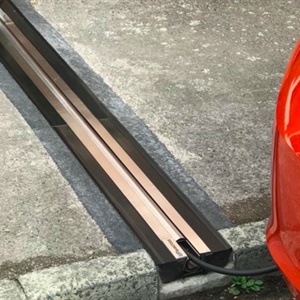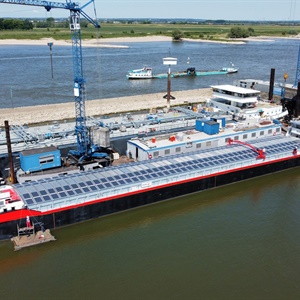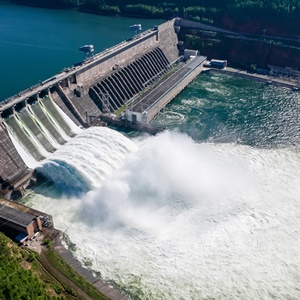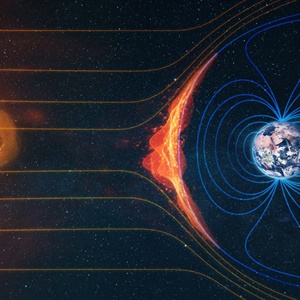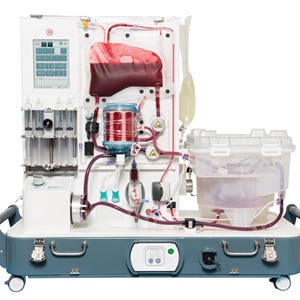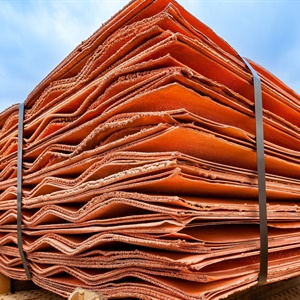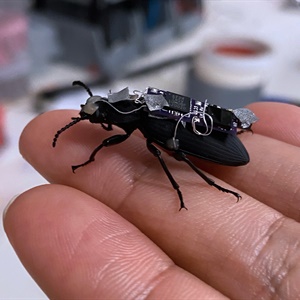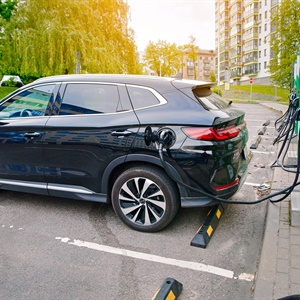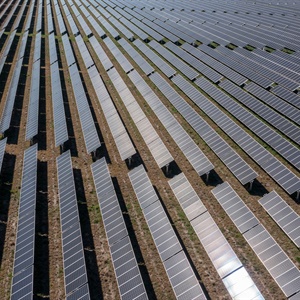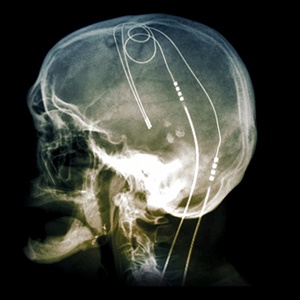Pavement gullies trialled to make EV charging safer and easier at home
A system designed to ease electric car charging by routing cables through pavement gullies is being trialled by Bournemouth Christchurch and Poole (BCP) Council. Public walkways often prove to be an impediment to electric vehicle (EV) charging as cables strewn across the pavement present a health and safety risk to pedestrians. The council wants to trial a new scheme that would allow residents who don’t have access to off-street parking the ability to charge their EV using cable channels embedded within the pavement. This allows them to use their cheaper, domestic energy supply as opposed to relying on commercial chargers. Councillors will discuss the proposed trial next week and, if approved, residents wishing to charge their vehicles from home can apply for the installation of a “discreet…
